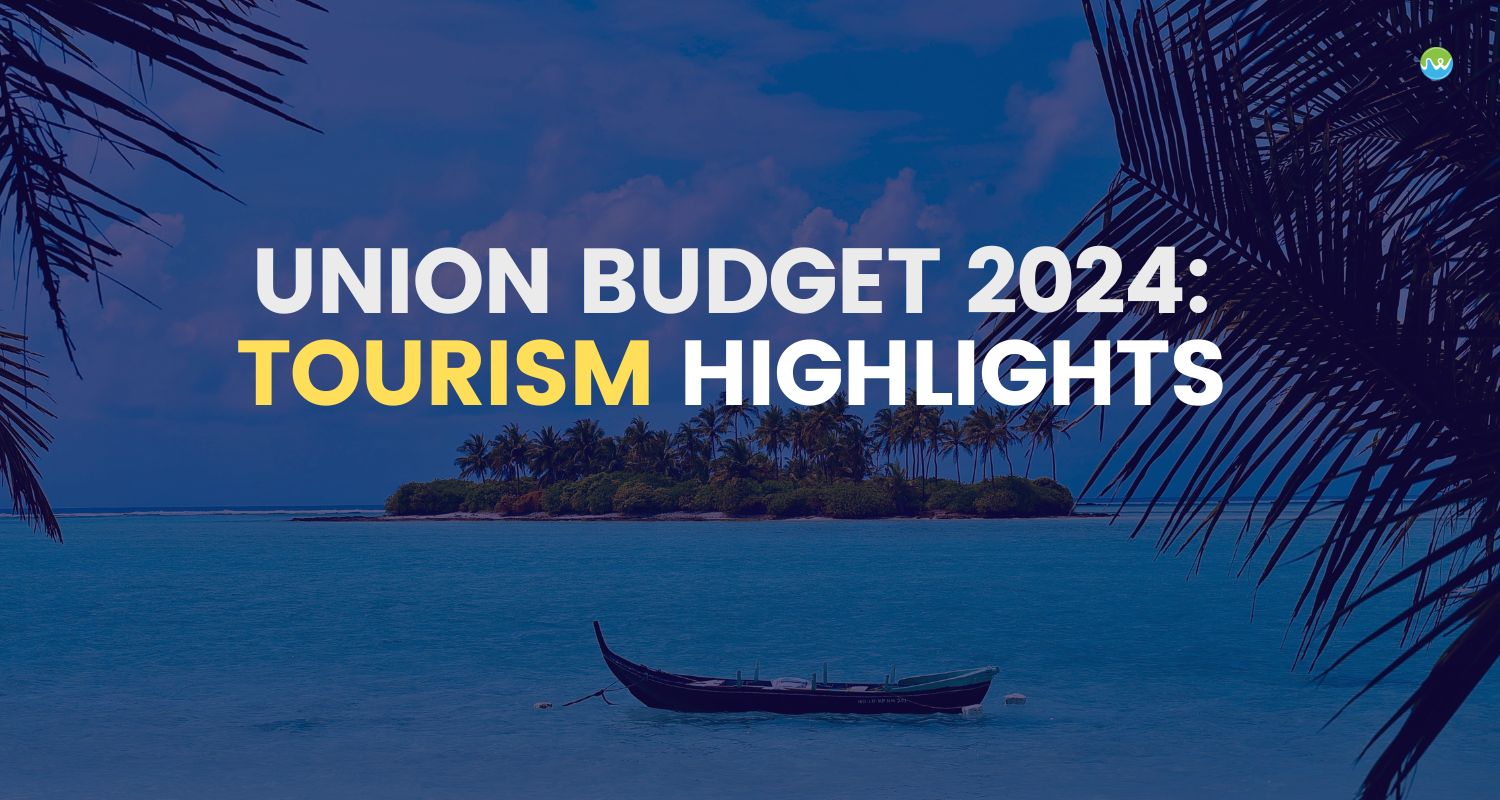In an unexpected turn of events, around 1,000 low-lying tropical islands in Maldives, previously thought to be disappearing, are actually increasing in size. Experts had foreseen these islands being the first to vanish due to rising sea levels caused by global warming. However, recent research using aerial photos and satellite images revealed that most islands have remained stable or even expanded.
Paul Kench, a co-leader of the study, expressed surprise at the findings and noted that this discovery has amazed the scientific community. He believes that this new development offers hope for the future as it helps protect the diverse ecosystems and cultures found on these islands. Additionally, it prevents additional strain on already crowded cities by avoiding the displacement of climate refugees.
You might be wondering how these Islands managed to surpass all our expectations. The answer lies in the influence of waves and currents. As sea levels increased, waves brought more sand and sediment to the shores, essentially counteracting the erosion that was occurring. While there may have been changes in the shapes and positions of the islands, their overall size did not decrease.

The research findings offer atoll nations the opportunity to prepare for change. By protecting coastlines, planning sustainable communities, and restoring beaches strategically, both humans and the environment can thrive. Kench emphasized the importance of finding ways to adapt to the impending changes. This challenge requires a shift in perspective. Islands should not be viewed as hopeless cases. When we work alongside natural processes instead of resisting them, we can achieve remarkable results.
Despite the challenges of climate change, such as rising sea levels and melting ice caps, these islands have successfully held their ground. Many islands have not only remained stable but have also expanded, defying previous predictions of their demise. The resilience displayed by these islands prompts us to rethink our conservation methods and adopt a more sophisticated approach that integrates natural adaptive processes, which could significantly improve our abilities to preserve and manage natural ecosystems.
Read more: What is Destination Duping
Know Maldives

The Maldives is an archipelago comprising approximately 1,192 coral islands grouped into 26 atolls, stretching over 871 kilometers (541 miles). Covering a total area of about 90,000 square kilometers (35,000 sq mi), only 298 square kilometers (115 sq mi) is dry land, making it the smallest country in Asia and the lowest in the world, with an average elevation of just 1.5 meters (4 ft 11 in) above sea level. The population of the Maldives is estimated at around 544,700, with about 200 islands inhabited, primarily concentrated in the capital, Male, which is one of the most densely populated cities globally, housing approximately 1,746 residents per square kilometer.
The economy heavily relies on tourism, which has seen significant growth since the 1970s, contributing to a GDP of approximately $6.17 billion. Sustainability is a pressing concern for the Maldives due to its vulnerability to climate change and rising sea levels. The government has implemented various initiatives aimed at promoting environmental conservation and sustainable tourism practices. These include the establishment of marine protected areas and efforts to reduce carbon emissions, highlighted by the historic underwater cabinet meeting in 2009, where officials called for global action against climate change. The Maldives aims to transition to renewable energy sources, with a goal of becoming carbon neutral by 2020, although challenges remain in balancing economic growth with environmental preservation.
Explore Maldives Now!!!




